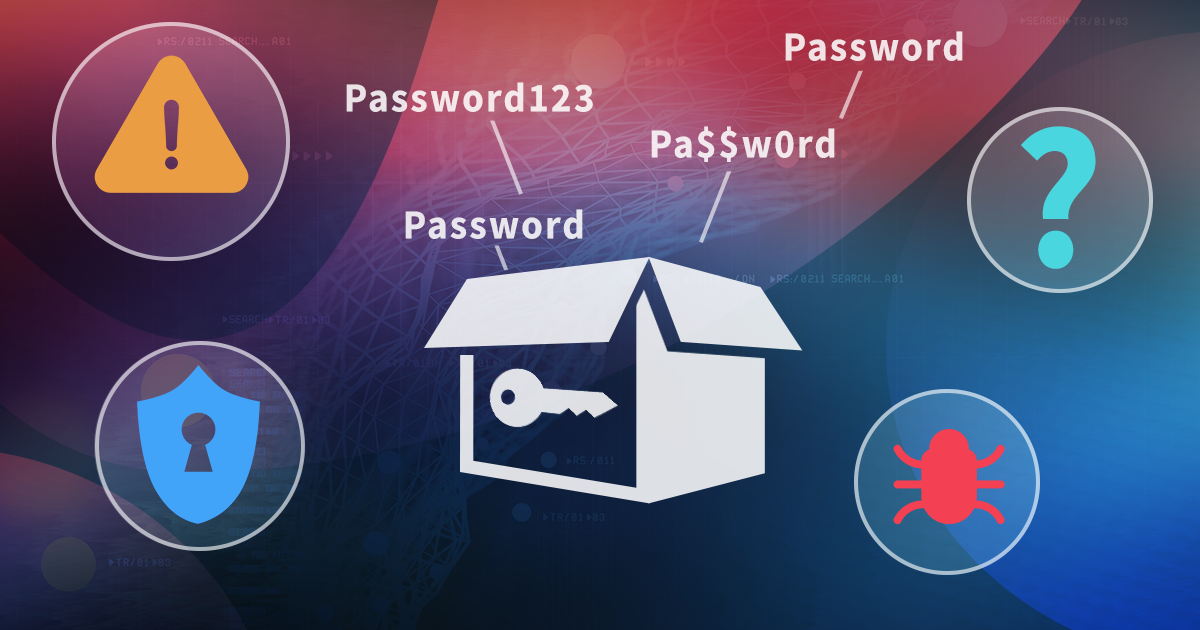How many times have you seen the phrase: “Your password is securely encrypted”? More often than not, taking it at face value has little sense. Encryption means the data (such as the password) can be decrypted if you have the right key. Most passwords, however, cannot be decrypted since they weren’t encrypted in the first place. Instead, one might be able to recover them by running a lengthy attack. Let’s talk about the differences between encryption and hashing and discuss why some passwords are so much tougher to break.
Last year, we have developed an innovative way to extract iPhone data without a jailbreak. The method’s numerous advantages were outweighed with a major drawback: an Apple ID enrolled in the paid Apple’s Developer program was required to sign the extraction binary. This is no longer an issue on Mac computers with the improved sideloading technique.
We have discovered a way to unlock encrypted iPhones protected with an unknown screen lock passcode. Our method supports two legacy iPhone models, the iPhone 5 and 5c, and requires a Mac to run the attack. Our solution is decidedly software-only; it does not require soldering, disassembling, or buying extra hardware. All you need is iOS Forensic Toolkit (new version), a Mac computer, and a USB-A to Lightning cable. In this guide, we’ll demonstrate how to unlock and image the iPhone 5 and 5c devices.
LUKS encryption is widely used in various Linux distributions to protect disks and create encrypted containers. Being a platform-independent, open-source specification, LUKS can be viewed as an exemplary implementation of disk encryption. Offering the choice of multiple encryption algorithms, several modes of encryption and several hash functions to choose from, LUKS is one of the tougher disk encryption systems to break. Learn how to deal with LUKS encryption in Windows and how to break in with distributed password attacks.
Tor Browser is a well-known tool for browsing the Web while renaming anonymous, while Qihoo 360 Safe Browser is one of China’s most popular desktop Web browsers. According to some sources, it might be the second most-popular desktop Web browser in China. Like many other Chromium-based browsers, 360 Safe Browser offers the ability to save and securely store website passwords, but the implementation is unexpectedly different from most other browsers. An update to Elcomsoft Internet Password Breaker enables the extraction of Qihoo 360 Safe Browser and Tor Browser passwords. Does the “360 Safe” moniker stand the trial, and is Tor really anonymous? Read along to find out!
We updated iOS Forensic Toolkit to bring two notable improvements. The first one is the new acquisition option for jailbreak-free extractions. The new extraction mode helps experts save time and disk space by pulling only the content of the user partition while leaving the static system partition behind. The second update expands jailbreak-free extraction all the way back to iOS 9, now supporting all 64-bit devices running all builds of iOS 9.
The keychain is one of the hallmarks of the Apple ecosystem. Containing a plethora of sensitive information, the keychain is one of the best guarded parts of the walled garden. At the same time, the keychain is relatively underexplored by the forensic community. The common knowledge has it that the keychain contains the users’ logins and passwords, and possibly some payment card information. The common knowledge is missing the point: the keychain contains literally thousands of records belonging to various apps and the system that are required to access lots of other sensitive information. Let’s talk about the keychain, its content and its protection, and the methods used to extract, decrypt and analyze the various bits and pieces.
EIFT, Elcomsoft iOS Forensic Toolkit, Elcomsoft Phone Breaker, Elcomsoft Phone Digger, Elcomsoft Phone Viewer, EPB, EPD, EPV, icloud keychain, iOS, keychain
The wide spread of full-disk encryption makes live system analysis during incident response a challenge, but also an opportunity. A timely detection of full-disk encryption or a mounted crypto container allows experts take extra steps to secure access to encrypted evidence before pulling the plug. What steps are required and how to tell if the system is using full-disk encryption? “We have a tool for that”.
There is no lack of tools claiming the ability to recover lost or deleted information from the iPhone. These tools’ claims range from “Recover data lost due to water damaged, broken, deletion, device loss, etc.” to the much more reserved “Selectively recovers iPhone data from internal memory, iCloud, and iTunes”. Do any of those tools actually work, and do they live up to the user’s expectations? The answer is complex, hence this article. Let us place the claims through our usual scrutiny.
Breaking passwords becomes more difficult with every other update of popular software. Microsoft routinely bumps the number of hash iterations to make Office document protection coherent with current hardware. Apple uses excessive protection of iTunes backups since iOS 10.1, making brute force attacks a thing of the past. VeraCrypt and BitLocker were secure from the get go. However, everything is not lost if you consider human nature.


